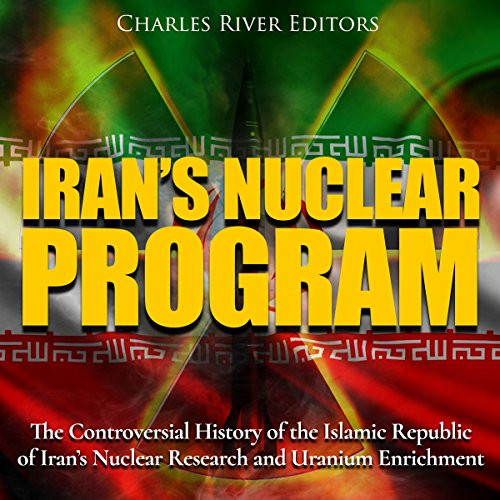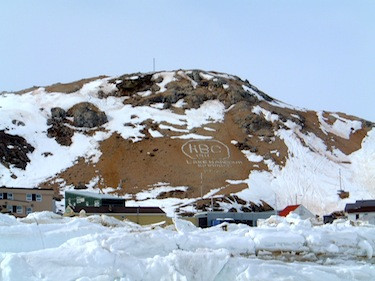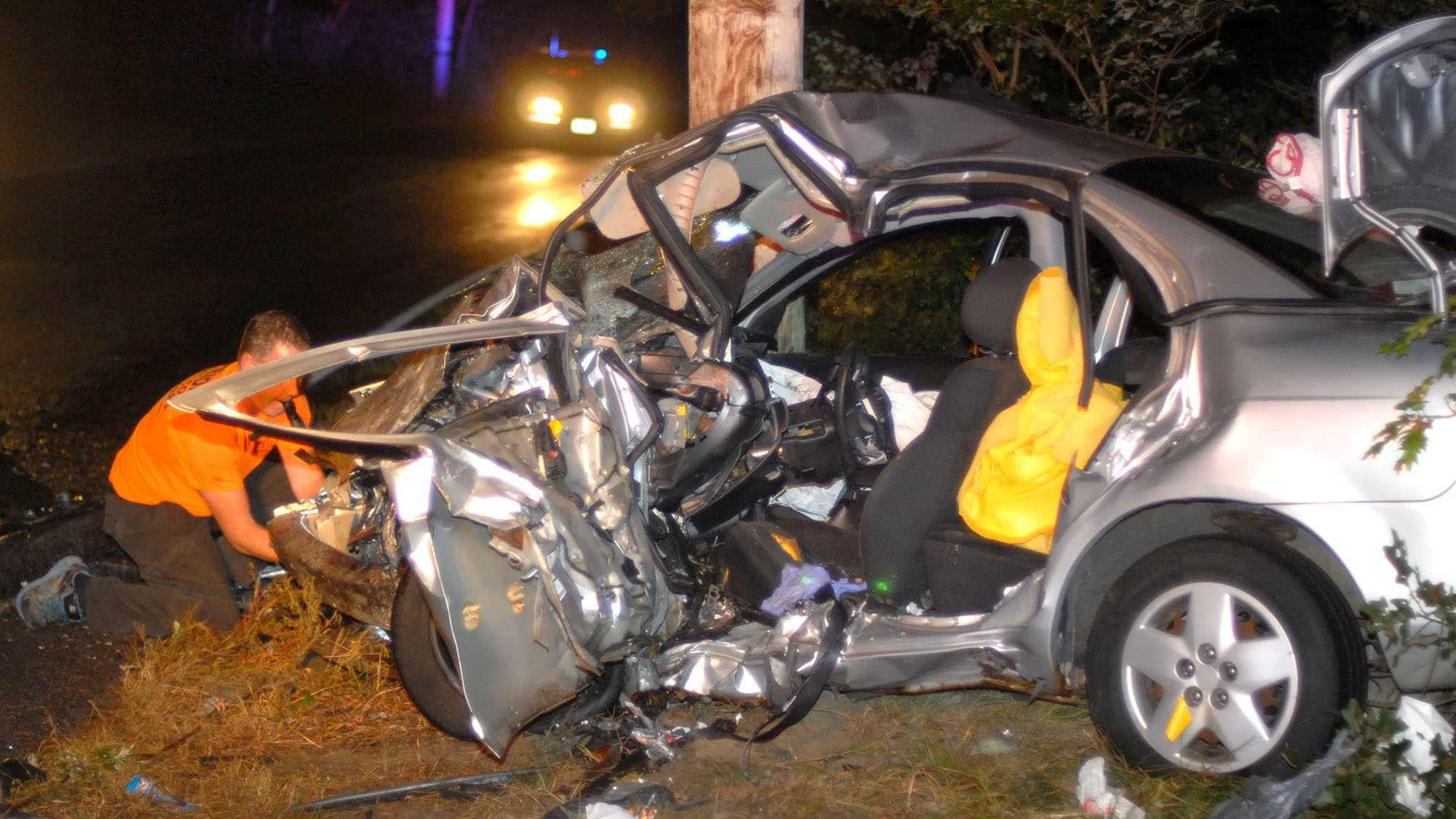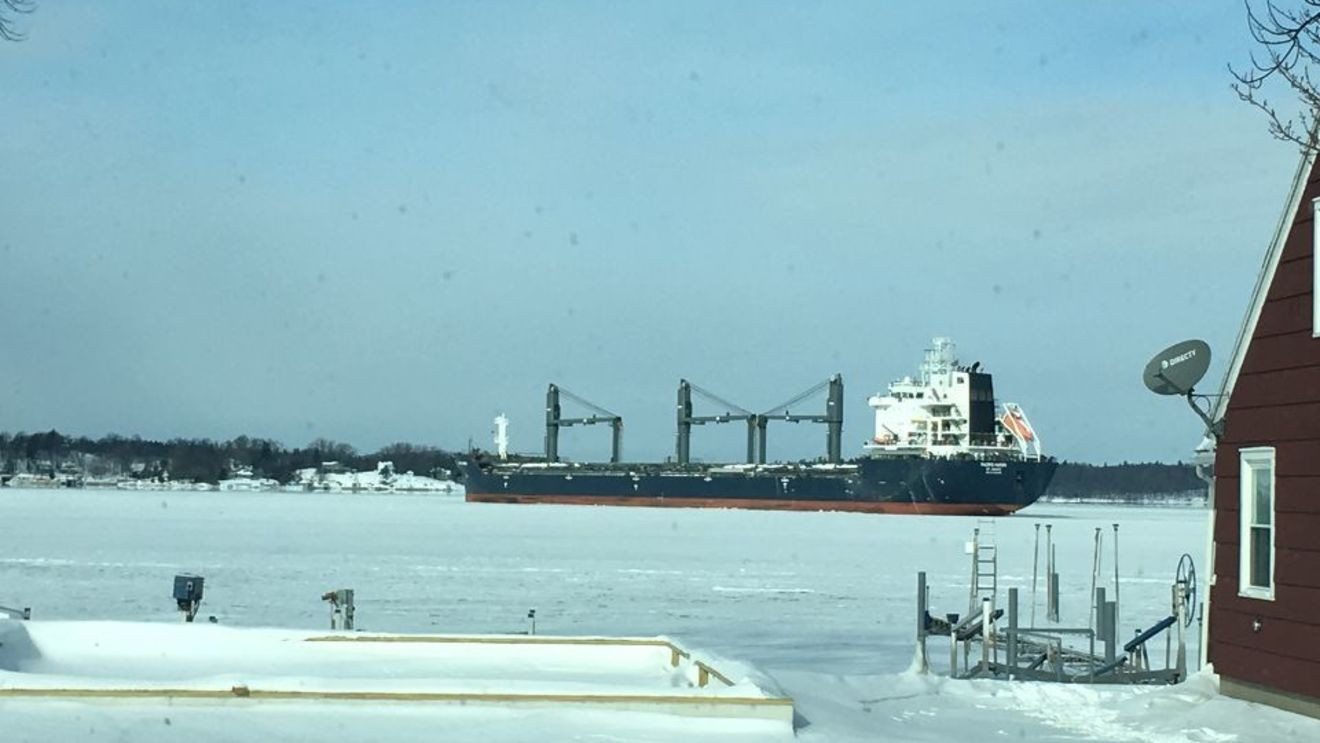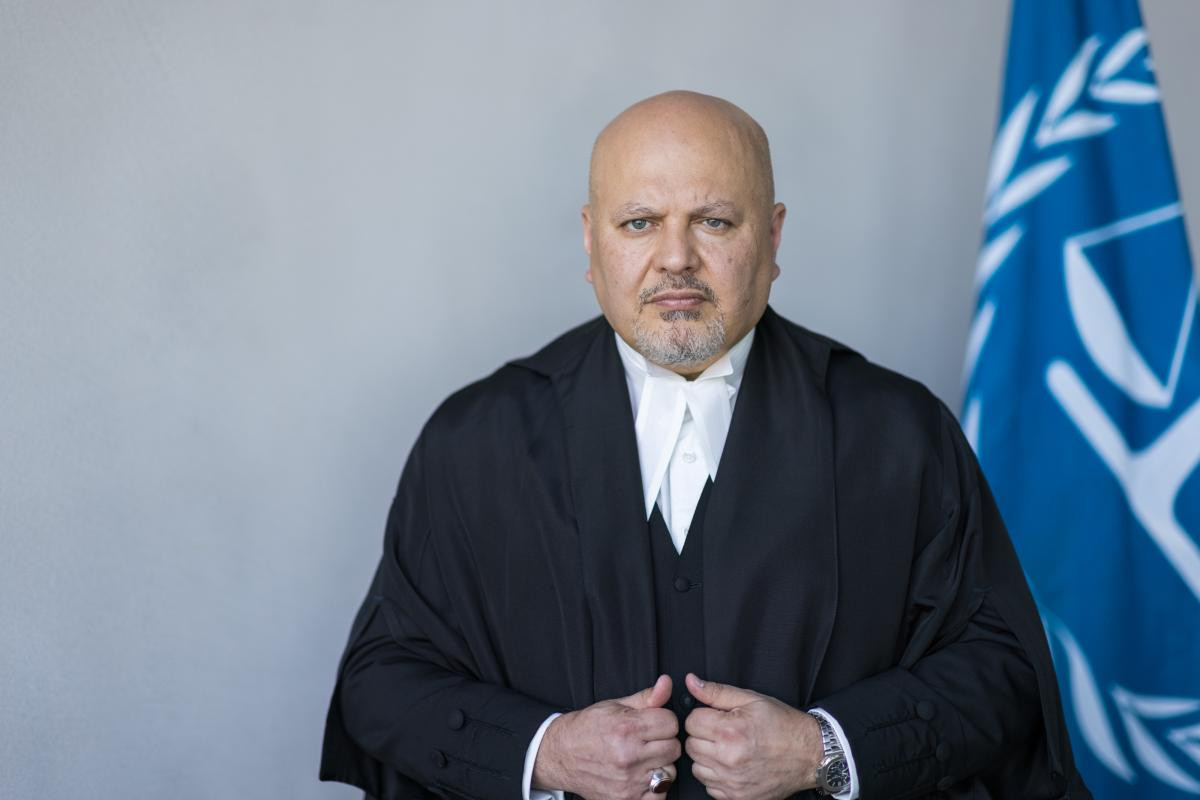Iran's Nuclear Program: A History of Controversy and Concerns
Iran's nuclear program has been a source of international concern for decades, with allegations that it is pursuing nuclear weapons. Iran maintains that its program is solely for peaceful purposes, but many countries remain skeptical. This article will delve into the history of Iran's nuclear program, examining the key events and controversies surrounding it.
Iran has research sites, two uranium mines, a research reactor, and uranium processing facilities that include three known uranium enrichment plants.[1]
Origins and Early Development
Iran's nuclear program began in the 1950s with the support of the United States under the Atoms for Peace program. In 1970, Iran ratified the Non-Proliferation Treaty (NPT), subjecting its nuclear activities to IAEA inspections. However, after the 1979 Iranian Revolution, cooperation with the West ceased, and Iran pursued its nuclear program clandestinely.
The Shah approved plans to construct up to 23 nuclear power stations by 2000.[24] In March 1974, the Shah envisioned a time when the world's oil supply would run out and declared, "Petroleum is a noble material, much too valuable to burn ... We envision producing, as soon as possible, 23,000 megawatts of electricity using nuclear plants." [25]
US and European companies scrambled to do business in Iran.[26] Bushehr, the first plant, would supply energy to the city of Shiraz. In 1975, the German firm Kraftwerk Union AG, a joint venture of Siemens AG and AEG, signed a contract worth $4 to $6 billion to build the pressurized water reactor plant. Construction of the two 1,196 MWe reactora was to have been completed in 1981.
In 1976, US President Gerald Ford signed a directive offering Iran the chance to buy and operate a US-built reprocessing facility for extracting plutonium from reactor fuel.[27] The Ford strategy paper said the "introduction of nuclear power will both provide for the growing needs of Iran's economy and free remaining oil reserves for export or conversion to petrochemicals."
The Post-Revolution Era
Following the 1979 Revolution, most of the international nuclear cooperation with Iran was cut off. Kraftwerk Union stopped work at the Bushehr project in January 1979, with one reactor 50 percent complete, and the other reactor 85 percent complete, and fully withdrew from the project in July 1979. The company said they based their action on Iran's non-payment of $450 million in overdue payments,[29] while other sources claim it was due to American pressure.[30][31] The United States also cut off the supply of highly enriched fuel for the Tehran Nuclear Research Center, forcing it to shut down for a number of years. Eurodif also stopped supplying enriched uranium to Iran.[30][32] Iran later argued that these experiences indicate foreign facilities and fuel supplies are an unreliable source of nuclear fuel supply.[30][33]
In 1981, Iranian governmental officials concluded that the country's nuclear development should continue. Negotiations took place with France in the late 1980s and with Argentina in the early 1990s, and agreements were reached. In the 1990s, Russia formed a joint research organization with Iran, providing Iran with Russian nuclear experts and technical information.[10]
The IAEA Investigation
In 2002, the National Council of Resistance of Iran (NCRI) exposed the existence of an undisclosed uranium enrichment facility in Natanz, leading to emerging concerns about Iran's nuclear program.[54][55] In 2003, after the Iranian government formally acknowledged the facilities, the Atomic Energy Agency inspected them, finding that they had a more advanced nuclear program than had previously been anticipated by U.S. intelligence.[56]
After public allegations about Iran's previously undeclared nuclear activities, the IAEA launched an investigation that concluded in November 2003 that Iran had systematically failed to meet its obligations under its NPT safeguards agreement to report those activities to the IAEA, although it also reported no evidence of links to a nuclear weapons program. The IAEA Board of Governors delayed a formal finding of non-compliance until September 2005, and reported that non-compliance to the Security Council in February 2006. After the Board of Governors reported Iran's noncompliance with its safeguards agreement to the Security Council, the Council demanded that Iran suspend its enrichment programs. The Council imposed sanctions after Iran refused to do so. A May 2009 US Congressional Report suggested "the United States, and later the Europeans, argued that Iran's deception meant it should forfeit its right to enrich, a position likely to be up for negotiation in talks with Iran."[64]
The JCPOA and its Aftermath
In 2015, Iran signed the Joint Comprehensive Plan of Action (JCPOA) with China, France, Germany, Russia, the United Kingdom, and the United States. The JCPOA aimed to address international concerns about Iran's nuclear program in exchange for the lifting of sanctions. The agreement was hailed as a significant diplomatic achievement, but it was short-lived.
In 2018, the US withdrew from the JCPOA under President Donald Trump, re-imposing sanctions on Iran. This led to a period of increased tensions and a further escalation of Iran's nuclear activities. Iran began to gradually increase its uranium enrichment levels and reduce its cooperation with the IAEA.
Concerns and Controversies
There have been ongoing concerns about Iran's nuclear program, with many countries suspecting it of seeking to develop nuclear weapons. These concerns have been fueled by a number of factors:
- Undeclared Nuclear Activities: Iran's failure to fully disclose its nuclear activities to the IAEA has raised suspicions. The IAEA has found evidence of undeclared nuclear facilities and activities, which Iran has not adequately explained.
- Uranium Enrichment: Iran's uranium enrichment program has been a particular source of concern, as enrichment can be used to produce nuclear fuel for reactors or, at higher levels, for nuclear weapons. Iran's decision to enrich uranium to higher levels, despite international pressure, has further heightened concerns.
- Possible Military Dimensions: The IAEA has reported on a number of occasions that it has found evidence of activities in Iran that could be related to the development of nuclear weapons. This evidence includes activities related to high-explosives testing, uranium metal production, and computer modeling of nuclear warheads.
- Lack of Transparency: Iran's lack of transparency has made it difficult for the international community to verify the peaceful nature of its nuclear program. Iran has repeatedly denied access to nuclear facilities and withheld information from the IAEA.
Diplomatic Efforts
Despite the ongoing concerns, there have been repeated diplomatic efforts to resolve the nuclear issue with Iran. These efforts have included:
- Negotiations with the P5+1: Iran has held a series of negotiations with the P5+1 (the five permanent members of the UN Security Council plus Germany) to try to reach a comprehensive agreement on its nuclear program.
- The JCPOA: The JCPOA represented a significant step forward in resolving the nuclear issue, but it was ultimately derailed by the US withdrawal in 2018.
- IAEA Inspections: The IAEA has conducted numerous inspections of Iran's nuclear facilities, seeking to verify the peaceful nature of its program.
The Future of Iran's Nuclear Program
The future of Iran's nuclear program remains uncertain. The current stalemate between Iran and the West, coupled with the ongoing tensions in the region, suggests that a resolution to the issue may be some time away. Here are some key questions that remain unanswered:
- Will the US and Iran be able to revive the JCPOA? The Biden administration has expressed a willingness to return to the JCPOA, but Iran has demanded the lifting of all US sanctions before returning to full compliance.
- Will Iran continue to escalate its nuclear program? Iran has shown a willingness to push the boundaries of the JCPOA, increasing its uranium enrichment levels and reducing its cooperation with the IAEA. It remains to be seen how far Iran will go.
- How will the international community respond to Iran's nuclear ambitions? There is a growing consensus that Iran's nuclear program poses a serious threat to regional security. The international community will need to come up with a unified strategy to address this threat.
Conclusion: A Complex and Uncertain Future
Iran's nuclear program is a complex and multifaceted issue with far-reaching implications. It has been a source of international concern for decades, and its future remains uncertain. The international community will need to continue to engage in diplomacy, while also being prepared to respond to Iran's nuclear ambitions if necessary. Ultimately, a peaceful resolution of this issue is essential for regional stability and global security.
Looking Ahead: The Road to Resolution
The question of Iran's nuclear program remains a critical issue, one that requires careful diplomacy and a commitment to finding a lasting solution. The international community must find a way to address Iran's concerns about its security and its right to nuclear energy while ensuring that its nuclear program is solely for peaceful purposes. This will require a long-term strategy that combines diplomacy, economic engagement, and, if necessary, the use of sanctions to deter Iran from pursuing a nuclear weapon. It is time for the world to come together to work towards a peaceful and sustainable solution to this complex and challenging issue.




